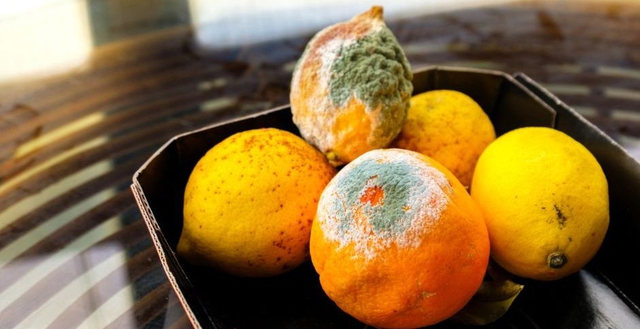
Zhang Wang, a Chinese programmer, 38, fell at his job after vomiting blood after working overtime for three months in a row. It was distressing to read the words “poorly differentiated adenocarcinoma” on his endoscopic report. Zhang, an IT specialist who abstained from alcohol and tobacco, was sh0cked.
One of the physicians sighed as they looked over Zhang’s phone’s fridge images and food delivery history.
“Locking food in a safe is not the same as putting it in the refrigerator.”
Based on his example, these three common items may raise the risk of cancer if improperly stored in the refrigerator for an extended period of time.
1. Overnight Salads: A Bacterial Breeding Ground

When kept in the refrigerator, cold foods like overnight salads—especially those with a high water content, such pickled cucumbers or black fungus mushrooms—may appear innocuous. However, Listeria monocytogenes can grow considerably if refrigerated for more than 12 hours.
At refrigerator temperatures (around 4°C/39°F), Listeria can live and even multiply, causing anything from minor gastroenteritis to potentially fatal illnesses like meningitis.
Advice: Cold foods should be consumed right away after being prepared. It is safer to throw away any leftovers than to run the danger of contamination.
2. Repeatedly Thawed Meat: A Can:cer Catalyst

Meat emits a lot of cell fluid each time it is taken out of the freezer and thawed. This damp surface is ideal for the growth of germs such as Clostridium botulinum and Staphylococcus aureus.
Cooking does not completely remove the heat-resistant poisons produced by these microorganisms. Repetitive consumption of this type of meat can result in chronic gastritis, which can eventually develop into precancerous stomach lesions.
Advice: Only thaw the amount you intend to use. Meat that has been thawed should never be refrozen.
3. Moldy Fruit: Aflatoxin Bo:mbs

A common misconception is that you can just cut off the moldy portion of fruit and still consume the remaining portion. In reality, once mold is visible, the mycotoxins and mold filaments have already spread throughout the fruit.
For instance, even if other fruits in the vicinity may seem uncontaminated, a single moldy apple can release enough patulin to contaminate them. Aflatoxin and patulin are strong carcinogens that cannot be totally removed by boiling, even for 20 minutes at 100°C.
Tip: Throw out the entire fruit as soon as mold appears. Don’t take risks with your health.
Fridge Safety Tips to Help Prevent Can:cer
The refrigerator is essential for keeping food fresh—but only if you use it properly. Here are key tips to ensure safety and efficiency:
1. Keep Raw and Cooked Foods Separate

Place cooked or ready-to-eat dishes on the upper shelves and raw meat on the lowest level. Always use sealed containers or plastic wrap to stop meat juices from contaminating other foods.
2. Control the Temperature
Your fridge should stay under 4°C (39°F), while the freezer must remain at or below -18°C (0°F). Use a thermometer to check regularly, especially during hot weather or when power supply is unstable.
👉 Pro tip: Avoid putting dairy on the fridge door since temperatures there fluctuate the most.
3. Clean and Sanitize Often
Wipe rubber door seals monthly with 70% alcohol. Once every three months, fully defrost the fridge, empty standing water, and throw out expired food. After a power outage lasting over 4 hours, cook frozen foods thoroughly before eating.
Final Reflection
Zhang Wang’s experience is a powerful reminder: healthy living is not only about avoiding alcohol or smoking—it’s also about being mindful of food safety.
Don’t rely on coldness alone as proof of freshness.
Handle your fridge wisely, and it could spare you from serious health risks.
















